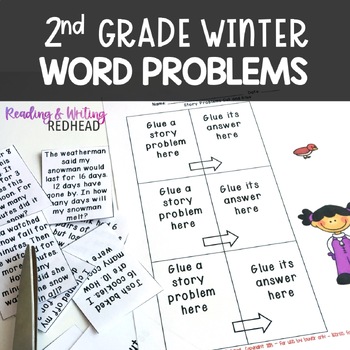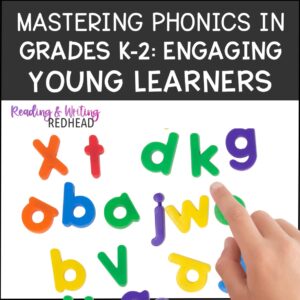Hi everyone! Happy New Year! I am checking in with a little discussion on why I DON’T teach key words for problem solving in math class. Read on to find out about everything!
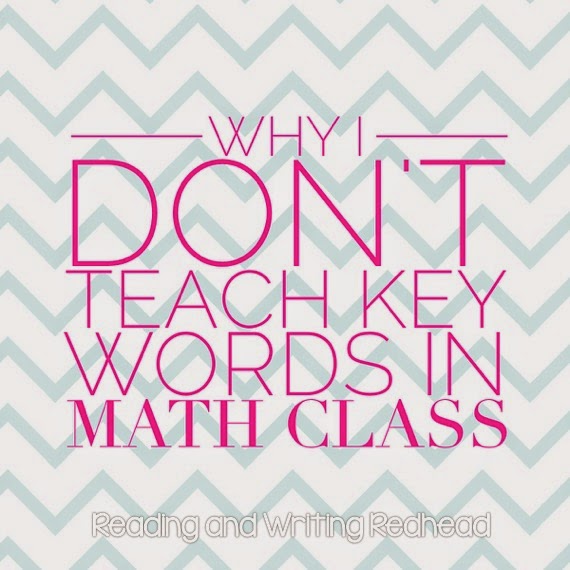
Teaching Problem Solving with Key Words
I have been thinking a lot about math lately! I used to spend time on teaching key words – you know, discussing what key words mean, why they were important, what the key words were, what operation you should use when you see them… we would go through the problems and circle, underline, highlight and more.
I Changed My Mind
BUT… now I am straying away from teaching them. WHY? Well, I actually find key words can confuse students. Plus, I don’t want them taking too many shortcuts to solve problems, because if they do so, they may not really understand the problem, or how math works. If students just memorize that “in all” means addition, sure they might get the correct answer but I really want them to understand why addition works for it.
Also, so many times students use other strategies besides straight computation to solve a word problem. For example, when trying to solve the problem: “Kate has 14 blueberries. Tim has 5. How many fewer does Tim have?” sure, some kiddos will subtract 14-5 but a LOT will find the missing addend by doing 5 + ___ = ? and they will count up or back, therefore using addition to get the answer to a subtraction problem. You see what I mean?
Where did this Come from?
I can’t take all the credit for my decision not to teach key words when teaching problem solving (for the most part -honestly, I do occasionally admit to a student “Well, if the problem asks, ‘How many donuts total?’ total means you should add the numbers together”). About 2 months ago I went to an AMAZING Greg Tang workshop. If you have not been to his free website www.gregtangmath.com you are crazy! Get on it! Well, Greg Tang mentioned that key words are confusing and it may not be the best strategy to spend class time on. He gave a great example, which pretty much sealed the deal for me. The word “MORE”. Most of us would quickly just say, “Oh, the key word more mean addition”.
For example, I get 6 more coconuts means you had some and you are adding more to what you have, so solve by adding. BUT what about the problems where someone has 3 coconuts and someone has 10 and they ask how many MORE does one person have? That is a comparison number story that can be solved by subtraction, or addition (counting up to figure out the missing addend). Check out these examples (which by the way were nice and neat and side by side in my blogger draft):
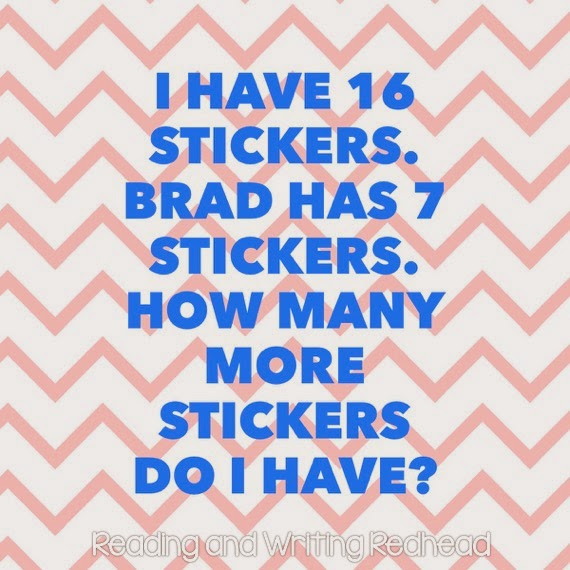
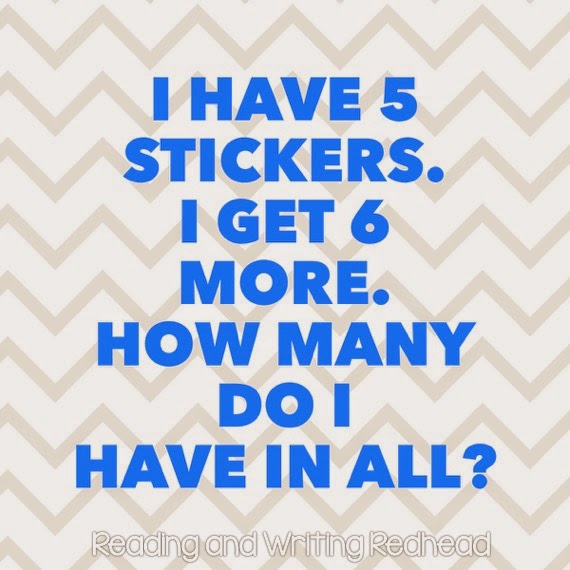
Again, I am not saying I NEVER talk about key words but I am definitely way more cognizant about the pitfalls of doing so and have been steering clear of them. I keep seeing all these awesome anchor charts and pins on Pinterest about them so I know some amazing teachers do successfully teach them. What do you think? Do you teach them or not?
By the way if your kiddos need some word problem practice, you may want to check out my Winter Addition and Subtraction Number Stories Pack. Lots of fun ways to practice! Click here or on the image to see it at TPT.
If you do grab the word problems resource on Teachers Pay Teachers and have one or two minues to leave some feedback, I’d be so appreciative. Thank you son much!
Let me know what your hot take is on using key words in math problem solving!
~Bex

